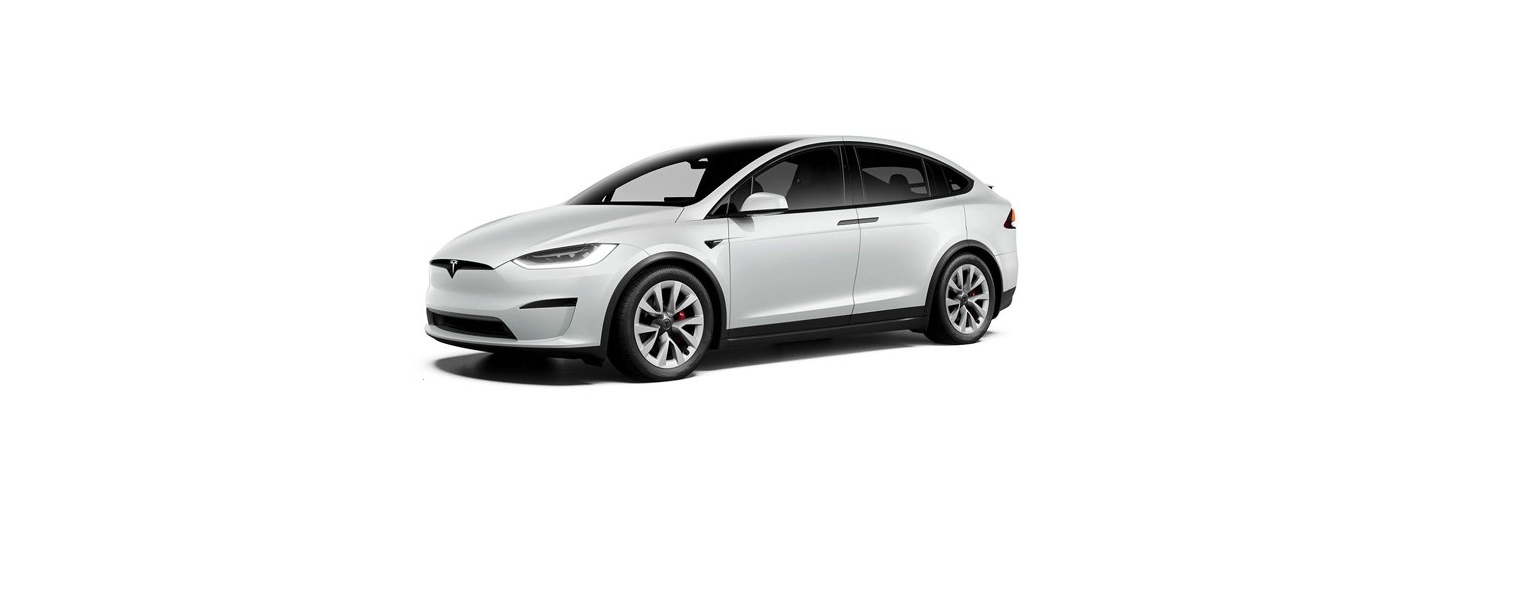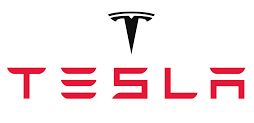2021 Tesla Model X Maintenance Schedule

Software
Updating software is important to ensure proper operation and longevity of your vehicle’s components. You must install a software update at the earliest opportunity. See Software Updates.
Tesla may update or reinstall your vehicle’s software as part of the normal diagnostic, repair, and maintenance process within Service.
Service Intervals
Your vehicle should generally be serviced on an as-needed basis. However, Tesla recommends the following maintenance items and intervals, as applicable to your vehicle, to ensure the continued reliability and efficiency of your Model X.
- Brake fluid health check every 2 years (replace if necessary) or, if the vehicle is used for towing, replace the brake fluid every 2 years.
- A/C desiccant bag replacement every 3 years.
- Cabin air filter replacement every 3 years.
- HEPA filter replacement every 3 years.
- Clean and lubricate brake calipers every year or 12,500 miles (20,000 km) if in an area where roads are salted during winter
- Rotate tires every 6,250 miles (10,000 km) or if tread depth difference is 2/32 in (1.5 mm) or greater, whichever comes first
Schedule Service
Scheduling a service visit through the mobile app is easy. After touching Schedule Service, select the type of service needed and follow the directions in the mobile app. Provide as much detail as possible, such as:
- Photos, sound recordings, or videos.
- Date(s), time(s), and time zone when the issue occurred.
- Country of use and location.
- Approximate speed the vehicle was traveling (if applicable).
- Environmental conditions (rain, snow, cold, etc.).
- Road name and type of road (if applicable).
- Quality of lane markings (if applicable).
- Applicable vehicle settings.
- Identifiable symptoms.
Visit https://www.tesla.com/support/service-visits for more information on scheduling services.
Daily Checks
- Check the Battery’s charge level, displayed on the instrument panel or mobile app.
- Check the condition and pressure of each tire (see Tire Care and Maintenance).
- Check that all exterior lights, horns, turn signals, wipers and washers are working.
- Check for any unexpected indicator lights or vehicle alerts on the touchscreen or instrument panel.
- Check the operation of the brakes, including the parking brake.
- Check the operation of the seat belts (see Seat Belts).
- Look for abnormal fluid deposits underneath Model X that might indicate a leak. It is normal for a small pool of water to form (caused by the air conditioning system’s dehumidifying process).
- Look around the exterior of Model X and immediately remove any corrosive substances (such as bird droppings, tree resin, tar spots, dead insects, industrial fallout, etc.) to prevent damage to the paint (see Cleaning).
Monthly Checks
- Check windshield washer fluid level and top up if necessary (see Topping Up Windshield Washer Fluid).
- Check that the air conditioning system is operating correctly (see Climate Controls).
Fluid Replacement Intervals
Your Battery coolant does not need to be replaced for the life of your vehicle under most circumstances. Brake fluid should be checked every 2 years, replacing if necessary*.
If the vehicle is used for towing, the brake fluid should be replaced every 2 years regardless of the health check.
High Voltage Safety
Your Model X has been designed and built with safety as a priority. However, be aware of these precautions to protect yourself from the risk of injury inherent in all high-voltage systems:
- Read and follow all instructions provided on the labels that are attached to Model X. These labels are there for your safety.
- The high voltage system has no user-serviceable parts. Do not disassemble, remove or replace high voltage components, cables or connectors. High voltage cables are colored orange for easy identification.
- If a collision occurs, do not touch any high voltage wiring, connectors, or components connected to the wiring.
- In the unlikely event that a fire occurs, immediately contact your local fire emergency responders.

